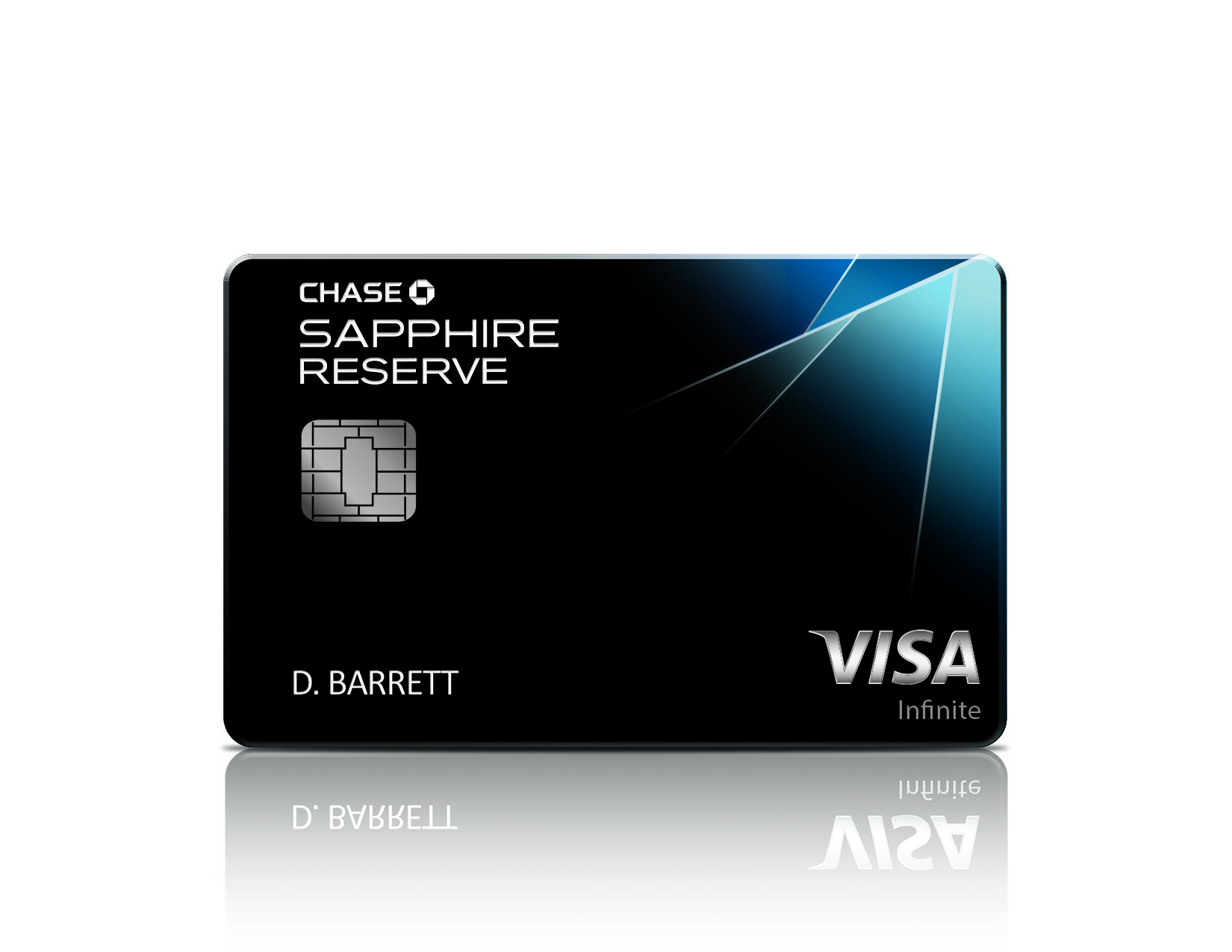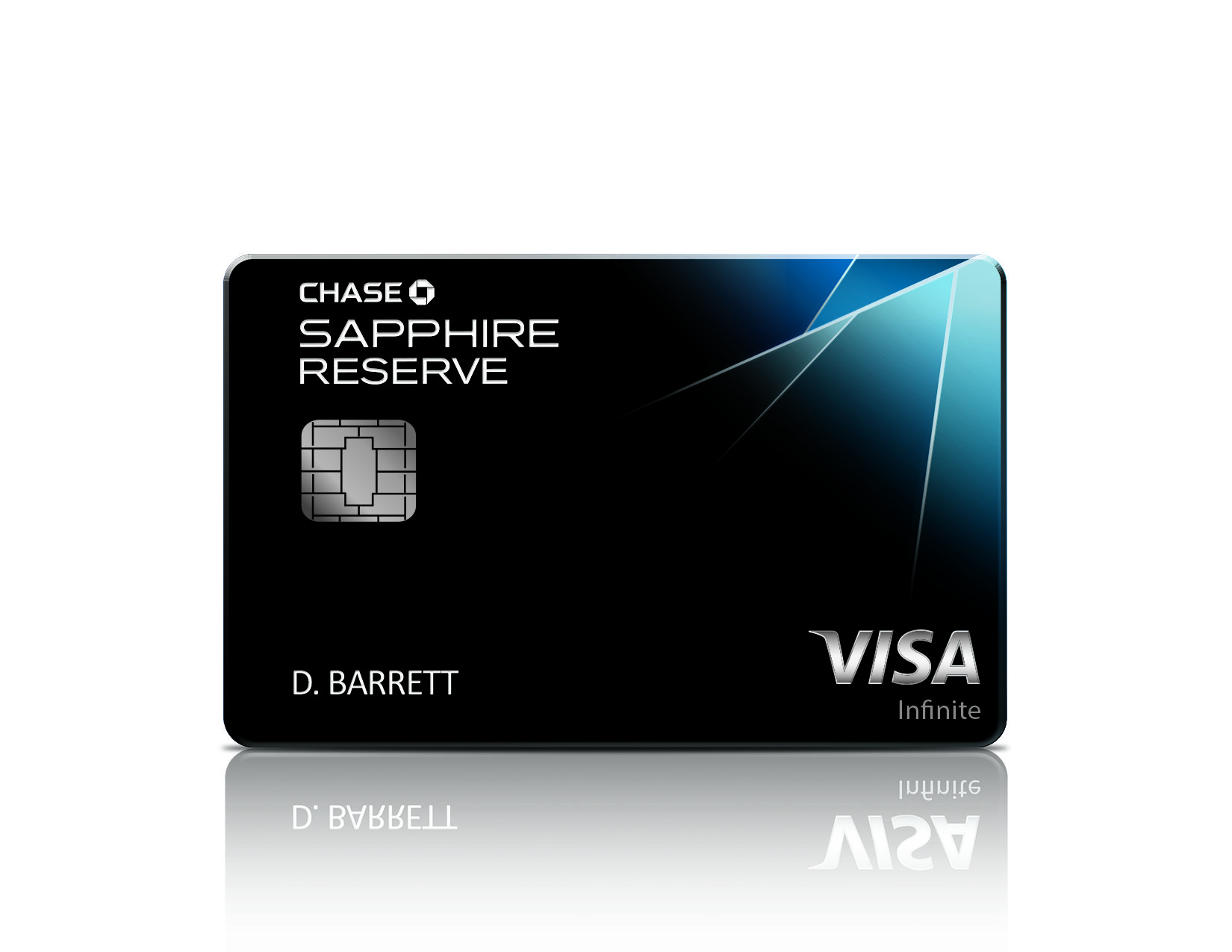The Chase Sapphire Preferred (CSP) and Chase Sapphire Reserve (CSR) are Chase’s top two travel credit cards. Both cards are similar in nature, name, and earning structure. But there are differences between them that could make one better than the other. This post compares the two Chase Sapphire Cards based on earning structure, sign-up bonuses, perks, annual fees, and other variables.
As with everything in point and miles, your mileage may vary. Someone might find the Reserve better for him while their best friend mind like the Preferred better. For all circumstances, this post will help you assess how much expected value you can realize from both credit cards. Expected value can be calculated by adding up the total value from perks and points earned and subtracting the annual fee. Select the card with the higher expected value for you.
Argument for the Reserve
Earning
Both cards earn Ultimate Rewards (UR) points in the same bonus categories: Dining and General Travel. The difference is that the Preferred earns 2x points while the Reserve earns 3x points. Travel purchases that count for bonus points include airfare, hotel stays, car rentals, and toll road fees. Dining purchases include restaurants, coffee shops, and bars.
Earning gets only better for Lyft purchases. The Sapphire Reserve earns 10x UR points for all Lyft purchases while the Sapphire Preferred earns 5x points. Either way, Lyft purchases are a nice bonus on top of either earning structure.
Perks
Both Sapphire cards come with various travel insurances and perks to make life easier away from home. The Reserve has better versions of these benefits. For example, the Reserve’s baggage delay insurance kicks in after six hours of waiting. The Preferred Card’s version of this perk kicks in after 12 hours.
The Reserve also comes with perks that the Preferred does not. The Reserve’s signature perk is its pioneering $300 general travel credit. It also comes with a Pre-TSA / Global Entry fee credit and access to Priority Pass airport lounges. Furthermore, the Reserve offers Lyft Pink membership and Door Dash Dash Pass until the end of 2021.
You Use Chase’s Travel Portal
Furthermore, both cards have the same redemption methods including transfer partners. But one slight difference lies in Chase’s travel portal. Chase lets you redeem points through its portal at a flat rate. The Sapphire Preferred Card’s rate is 1.25 cents per point (CPP) and the Reserve Card’s rate is a higher 1.5 CPP.
Those who don’t want to maximize rewards with transfer partners would be better off with the Reserve.
Break-Even Analysis for Pure Spending
This break-even analysis has three assumptions:
1) You will use the entire $300 annual General Travel credit for the Reserve
2) You will use the $60 annual Door Dash credit for the Reserve
3) UR points are worth 2 cents per point (CPP). You can recalculate the last line with your own valuation if you feel that 2 CPP is not right for you. All you have to do is replace the $0.02 with your valuation and solve. This amount was used for the sake of simplicity.
The math is as follows:
CSP = CSR
2x – 95 = 3x – 550 + 300 + 60
2x – 95 = 3x – 190
2x + 95 = 3x
95 = x
95 / $0.02 = $4,750
This valuation is a simple example; your mileage may vary. The break-even point between the two cards is $4,750 at a valuation of 2 CPP. Assuming this valuation, this means if you spend at least $4,750 per year in travel and dining, the Sapphire Reserve is the better card.
Argument for the Preferred
Larger Sign-Up Bonus
The Preferred offers 10,000 more UR points than the Reserve, making its bonus worth 60,000 points. By contrast, the Reserve’s bonus is worth 50,000 points. Both cards have minimum spend thresholds of $4,000.
Lower Minimum Credit Limit
The Preferred is a Visa Signature card with a minimum credit limit of $5,000. Conversely, the Reserve is a Visa Infinite card with a minimum limit of $10,000. $5,000 is a huge difference for many people, especially those with limited credit and/or income. Thus, the Sapphire Preferred is the easier card to get approved for.
One strategy to consider is getting the Preferred and keeping it for the first year. After that, upgrade it to the Reserve if it still makes sense. I employed this strategy between 2018 and 2019 before eventually getting the Sapphire Reserve.
You Already Have Another Premium Card
The Preferred might be the better card if you already have another premium card. This is because the Reserve’s benefits are redundant to those from cards like the American Express Platinum Card.
Both of those cards (and others) come with Priority Pass airport lounge access and Pre-TSA / Global Entry credit and then some. Even if you fully use the $300 travel credit, paying an extra $55 for redundant benefits might not be worth it.
You Do Not Use Chase’s Travel Portal
The Preferred might be the better card if Chase’s travel portal is not useful for you. Paying an extra $55 (assuming you fully use the travel credit) doesn’t make sense for a redemption method that you won’t use.
Both cards also have the same travel partners. Therefore, it doesn’t matter which one you use to transfer points. You will get the same value either way.
Annual Fees & Authorized Users
The Sapphire Preferred has an annual fee of $95 while the Reserve has an annual fee of $550. Neither card’s fee is waived the first year. For $155 more, you’re getting a higher earning rate, better perks, and a higher multiplier for the travel portal. But $95 is less than $250, giving the Preferred a slight edge on the surface.
Many people argue that the “net” annual fee for the Reserve is $190. This argument assumes that you will use the $300 General Travel and $60 Door Dash credits in full each year. However, $190 is twice as much as $95 in terms of “net” annual fees. Your mileage may vary here, depending on how much you travel even if you use both credits in full.
Authorized users must also pay a $75 additional annual fee per user on the Sapphire Reserve. This is not the case on the Sapphire Preferred. The Sapphire Preferred does not charge any annual fees for authorized users, making it the better (and less expensive) card for this special case.
Final Draw
The Chase Sapphire cards are great options for travelers of all kinds. But one card is better than the other for different people and situations.
The Sapphire Reserve is better for more frequent travelers. This is because of its $300 travel credit, $60 Door Dash credit, travel insurances, and other perks. However, the Sapphire Preferred is better for beginners, infrequent travelers, those who have another premium card, and those who don’t use Chase’s travel portal.
Apply Today:













This is superb Anthony, great work. Thank you for sharing with us
Hi Poonam,
Thanks for reading! You’re so welcome – I’m glad I was able to share this post with our class. 😀